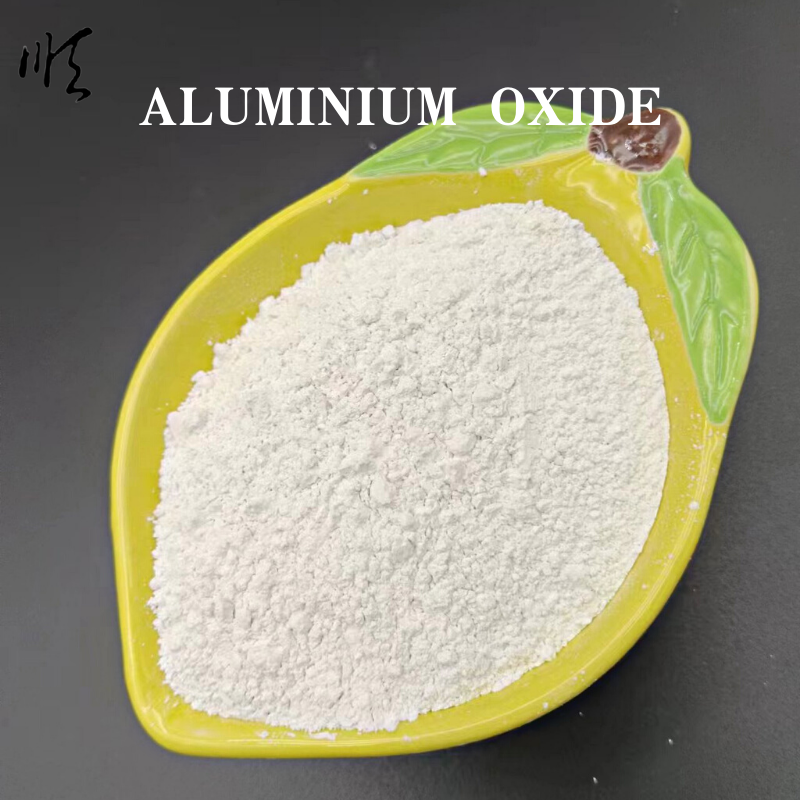
Exploring Various Categories of Volcanic Rocks and Their Unique Characteristics
Different Types of Volcanic Rock
Volcanic rocks are fascinating geological formations that result from the eruption of magma from the Earth’s interior. They primarily fall into two categories extrusive and intrusive volcanic rocks, each exhibiting distinctive characteristics based on their formation processes. Understanding these types of volcanic rocks can provide valuable insights into the Earth’s geological history, volcanic activity, and even the potential for new land formation.
Extrusive Volcanic Rocks
Extrusive volcanic rocks, also known as volcanic rocks, form when magma escapes from the Earth’s interior and cools quickly as it reaches the surface. This rapid cooling prevents large crystals from forming, resulting in fine-grained textures. The most common type of extrusive volcanic rock is basalt, which is typically dark in color due to its high iron and magnesium content. Basalt is often found in oceanic crust and volcanic islands, where it forms the majority of the seafloor.
Another significant type of extrusive volcanic rock is pumice. Pumice is recognized for its light, porous nature, created when volcanic gases escape from lava and form bubbles that are trapped in the solidifying rock. This unique texture allows pumice to float on water, making it a critical material in construction and horticulture, as it enhances drainage and aeration in soil.
Rhyolite, characterized by its light color and high silica content, is another prominent extrusive volcanic rock. This rock forms from highly viscous magma that cools quickly when erupted. Rhyolite eruptions are often explosive, leading to the formation of large ash deposits and pyroclastic flows. The color and composition of rhyolite can vary significantly, often depending on the minerals present during its formation.
different types of volcanic rock

Intrusive Volcanic Rocks
Intrusive volcanic rocks, or plutonic rocks, form beneath the Earth’s surface from the slow cooling and crystallization of magma. Unlike their extrusive counterparts, the slow cooling process allows for the formation of larger crystals, resulting in a coarse-grained texture. Granite is the most well-known intrusive volcanic rock, containing minerals such as quartz, feldspar, and mica. Its light colors and granular appearance make it popular in construction and for decorative purposes.
Diorite is another important intrusive rock, often referred to as the chef's knife of rocks due to its layered composition of light and dark minerals. The combination of feldspar and amphibole gives diorite a unique aesthetic, which has made it popular in architecture and sculpture. Much like granite, diorite cools slowly, allowing crystals to grow large enough to be seen with the naked eye.
Gabbro is the dark, coarse-grained counterpart to basalt, emerging from the same parental magma but solidifying beneath the surface. It is significant for being rich in iron and magnesium, contributing to the formation of oceanic crust alongside basalt. Its presence can reveal information about the underlying geological processes and the history of volcanic activity in an area.
Conclusion
The study of the different types of volcanic rocks reveals much about the dynamic processes that shape our planet. From the explosive eruptions that create pumice and rhyolite to the slow crystallization of granite and diorite beneath the surface, each rock type tells a story of its formation and environment. Understanding these rocks not only enriches our knowledge of geology but also provides insights into natural resources and environmental changes. As scientists continue to research and explore volcanic activity, the study of these rocks remains an essential field in understanding the Earth’s past and predicting its future.
Share
-
Natural Premium Bentonite Cat Litter - Superior ClumpingNewsJul.31,2025
-
Premium Resin Coated Sand - High Heat Resistance CastingNewsJul.31,2025
-
High Quality Silicon Carbide Grit for Abrasive ApplicationsNewsJul.30,2025
-
High-Quality Ceramsite for Plants & Gardening | Lightweight PebblesNewsJul.29,2025
-
Premium Burgundy Glass Marbles for Vases & Shooter GamesNewsJul.29,2025
-
High Purity Quartz Sand for Industrial and Ground ApplicationsNewsJul.29,2025






